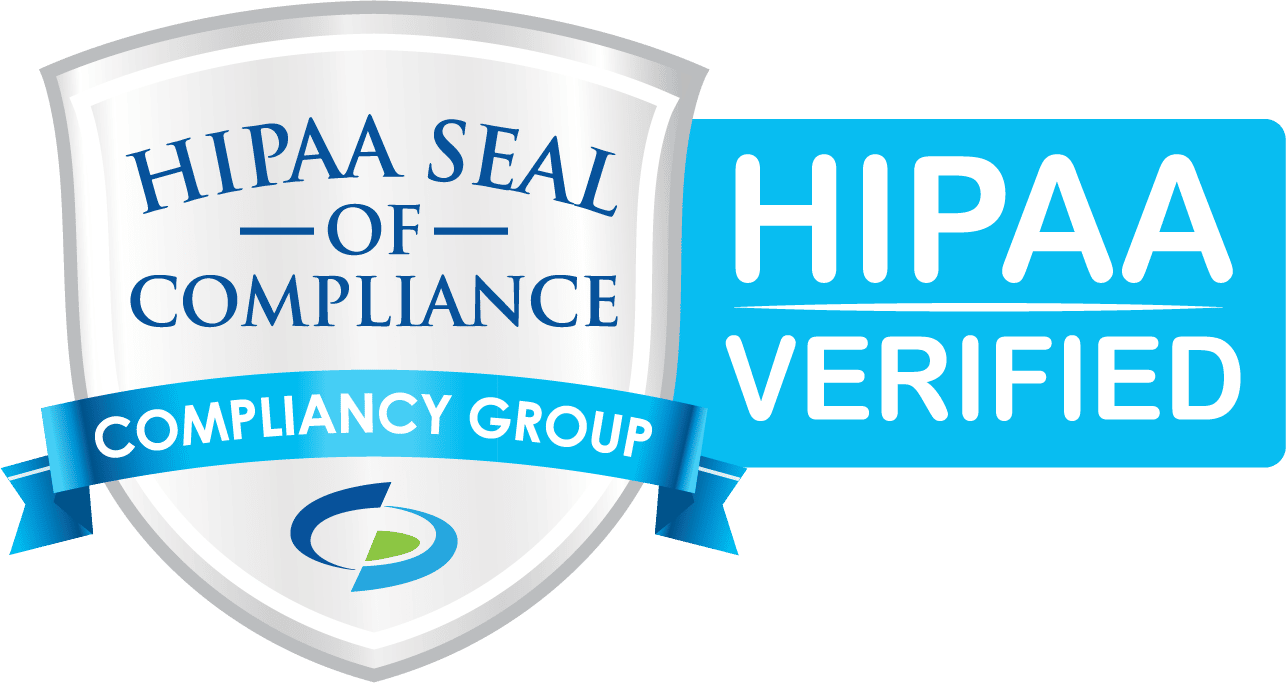Email is a great way to communicate with patients. In our often fast-paced lives, many patients actually prefer to hear from their healthcare providers through email. Email marketing and communication offers several benefits for your practice as well. It allows you to quickly and easily communicate with patients. You can target the message to a particular audience, or personalize communication to certain individuals. It also gives you the ability to schedule messages far in advance, freeing up your time.
Email communication doesn’t have to be limited to just appointment reminders and other routine information. You can also use it to market to your patients by sending out newsletters or giving them tips on how to stay healthy or manage their conditions. Email marketing can be quite successful, as long as you implement it correctly. Here are our do’s and don’ts of email marketing in healthcare.
Do Make Sure You Are Following HIPAA Regulations
Under HIPAA guidelines, you are allowed to communicate with patients by email, but you’ll need to take security precautions to ensure that sensitive information is protected. Before a patient enters into email communication, it’s a good idea to warn patients of the potential risks of sending healthcare information via email and have them opt-in before sending. You should also sign up for an email application that is HIPAA-compliant so that emails can be sent through secure channels. HIPAA-compliant email services will sign a Business Associate Agreement (BAA) to protect your practice from being liable if there is a data breach. If that isn’t an option for your practice, you might want to utilize a patient portal for sensitive information. Patient portals are often more secure than email for communication about private health information.
Don’t Make it Difficult to Unsubscribe
If you’re sending out a regular newsletter or other marketing communications, you need to make it clear that any patients signing up are agreeing to receive email communications from you. By law, you also need to make it easy for people to unsubscribe from these communications if they wish to do so. That means every email you send needs to have an easy-to-find “unsubscribe” link. By doing this, you are also saving yourself time and effort. If someone doesn’t want to receive communication from you via email, it will do you no good to keep sending unwanted emails. Try using a HIPAA-compliant email service like Constant Contact, LuxSci, or other email marketing services to simplify this process.
Do Target Your Audience
Maybe some of your patients want to receive your newsletter or health tips. Some may just want to get appointment reminders. Others may want both. Let your patients choose what kind of emails they want to receive. To tailor your newsletter content or healthcare tips even further, use data. Most email marketing services can give you data on how many emails were open, and what those people clicked on. If you notice a certain type of content is more popular than others, use that type of content more often. Likewise, if you notice that a particular subject matter or type of content is unpopular, stop creating or sharing it. This can also help to reduce your opt-out rate.
Don’t Forget About Branding
Branding goes beyond simply including a logo in your emails. You’ll want to think about the overall tone and appearance of your emails. Remember, these communications are representative of your practice, so you’ll want to make sure your emails are professional and consistent with your practice’s branding. Also, make sure your emails are checked for spelling and grammatical errors. In our society, slang and shorthand is common, but avoid it in your emails. You want your patients to see you as professional, and that won’t come across if your emails contain that type of language. You’ll also want to make sure that all of the emails are sent from an address that contains your practice’s name so that your emails aren’t mistaken for spam.
Do Make Your Emails Mobile-Friendly
Often, people are checking their emails on a mobile device like a phone or tablet. If your emails are difficult or confusing to read on a mobile device, you may lose people who were interested in reading your emails. Avoid small links and buttons; people should be able to easily click on what they want with a finger. Also, avoid side-scrolling; opt for a column-style layout that allows users to easily zoom in if needed.
Don’t Put Too Much in One Email–Keep It Simple
Don’t try to cover too many topics in one email. While that isn’t to say that you should send 10 separate emails to a patient in the course of a week, you should group the information together in a way that makes sense and isn’t overwhelming. For example, if you need to notify a patient of an upcoming appointment, reimbursement information, and send health tips or a newsletter, that shouldn’t all be contained in one email. Too much content in an email often leads the reader to miss some details. Also, while your emails should be visually appealing, don’t overload your emails with pictures. They can take longer to load, and can be distracting from the overall message.
Email marketing can be very effective if you do it in the right way. Whether you’re new to email marketing, or your current email marketing isn’t as successful as you’d like, give these tips a try.




